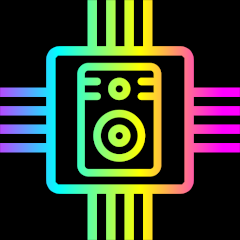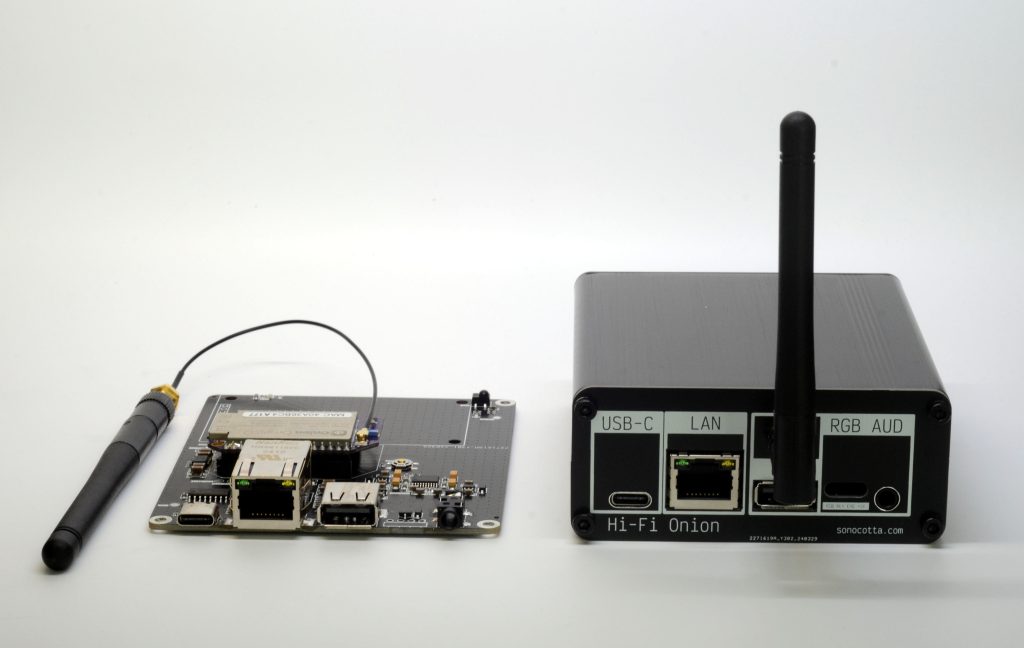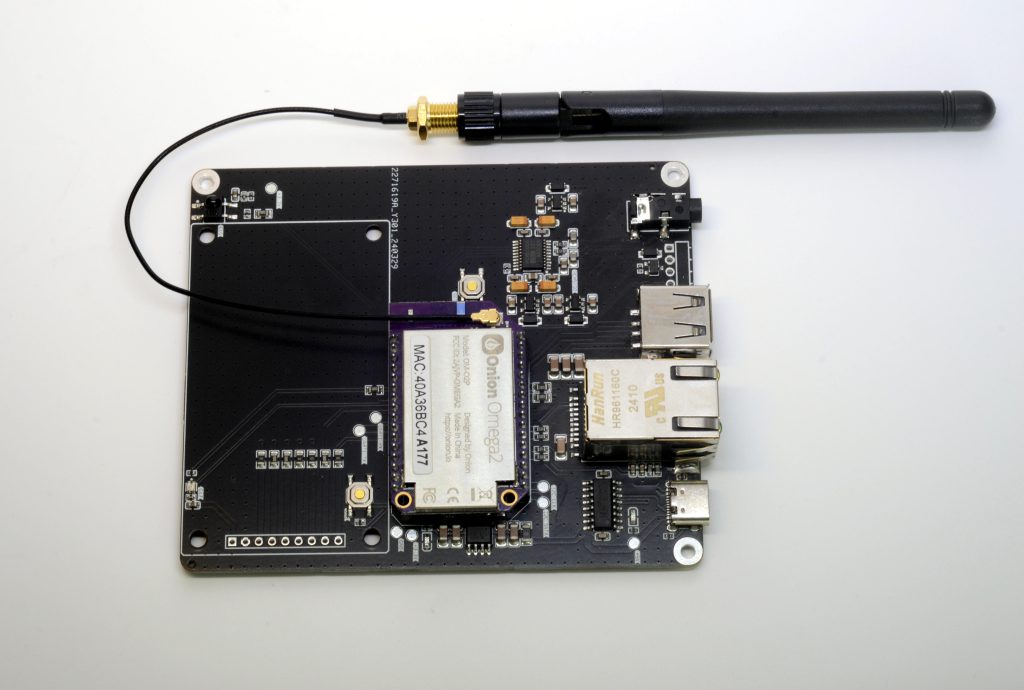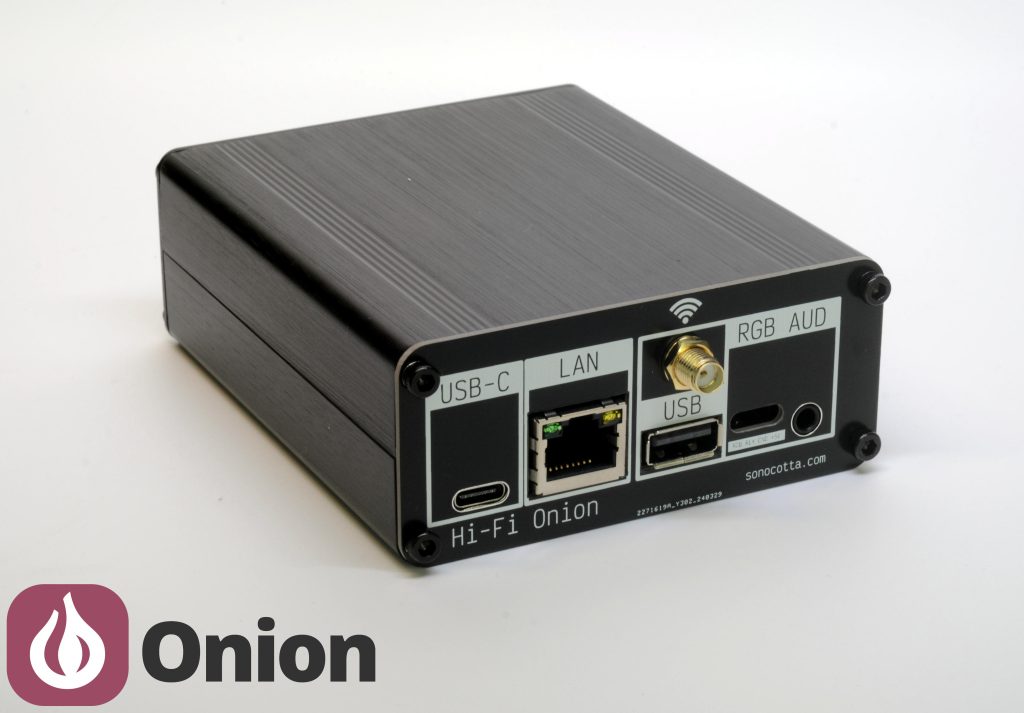
What is it?
The Onion Omega Media Center is a compact and neatly designed hardware project that combines the power of the Onion Omega board and the Hi-Fi audio capabilities of the TI’s PCM5100 32-bit DAC. This versatile media center provides a customizable and fully open-source hardware platform for home entertainment.
With a minimalistic but functional design inspired by commercial audio gear, it offers a seamless user experience. It aims to support Airplay, Spotify Connect, LMS, Snapclient and other lightweight protocols that can be integrated into Home Assistant, or any custom use case you may come up with.
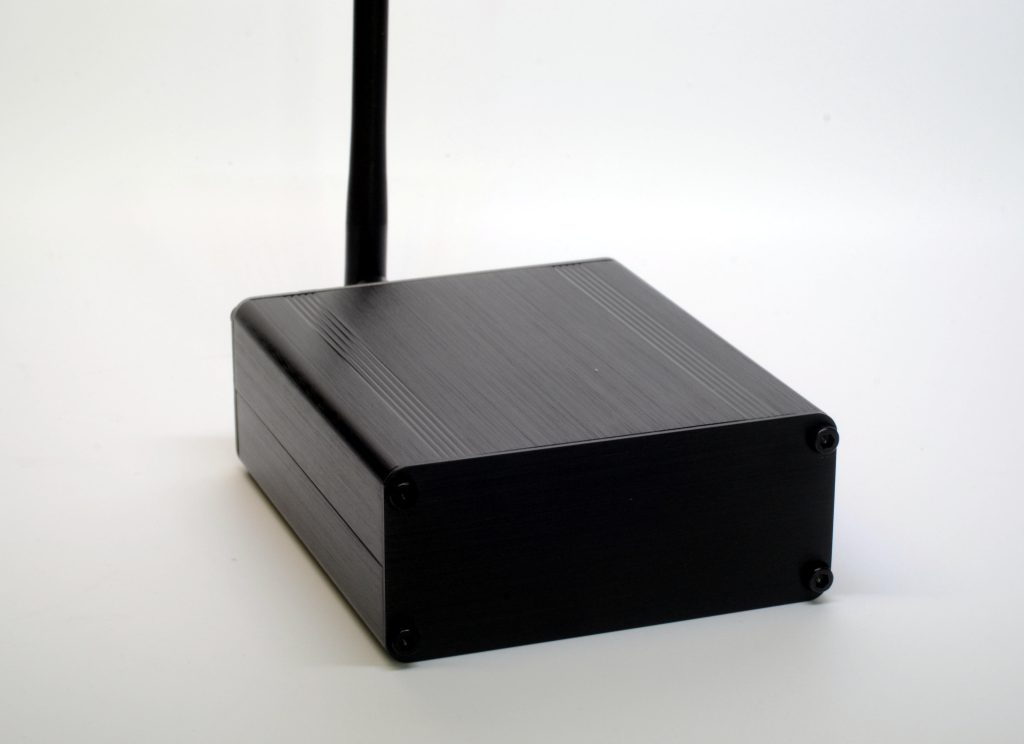
Why did I build it
Onion is not a powerhouse compared to the Raspberry, but it is much easier to work with, compared to the ESP platform. It has both Ethernet and WiFi onboard (which both Raspberry Pi Zero and Orange Pi One don’t), also it doesn’t rely on the SD card, which makes it indestructible in the long run.
At this point, I’m adding a set of peripherals that I’d use myself on a daily basis (In fact I do). Including an IR reader of remote controls and an optional external RGB LED bar.
I think Onion Omega is a fun platform to tinker with (although slightly forgotten these days), with a lot of potential yet to be discovered and developed.
Why Onion Omega?
It is lightweight. It is fully open and customizable. It is well-documented and does not lack of community support. It is affordable to have few around the house (for multi-room sync)
Key features
- MIPS MT7688AN CPU running at 580 Mhz
- 64MB (OM-O2) or 128MB (OM-O2P) of RAM
- 16MB (OM-O2) or 32MB (OM-O2P) of Flash storage
- PCM5100A 32bit Stereo DAC
- 2.1 VRMS Line level output
- 100 dB typical noise level
- Triple LP5907 3.3 V Ultra-Low-Noise LDO
- 10M/100M Ethernet
- 2.4GHz WiFi
- USB 2.0 Host
- MicroSD slot for extra storage (OM-O2P only)
- 5V USB-C power adapter
- Mechanical dimensions (WxHxD): 88mm x 38mm x 100mm
How to use
Both software and hardware documentation can be found on project’s Github. You can follow project progress at Hackaday
Setting up an external DAC is as simple as running a single command. WiFi and Ethernet will run out-of-the-box.
IR reader and RGB LEDs are still work in progress.
Where to buy
You may support our work by ordering this product at Tindie
